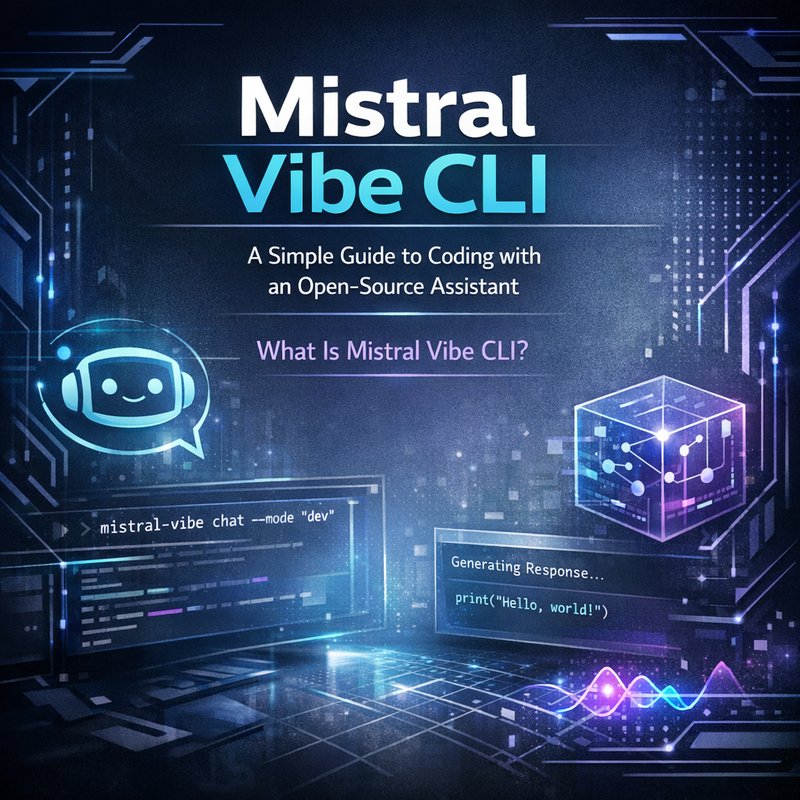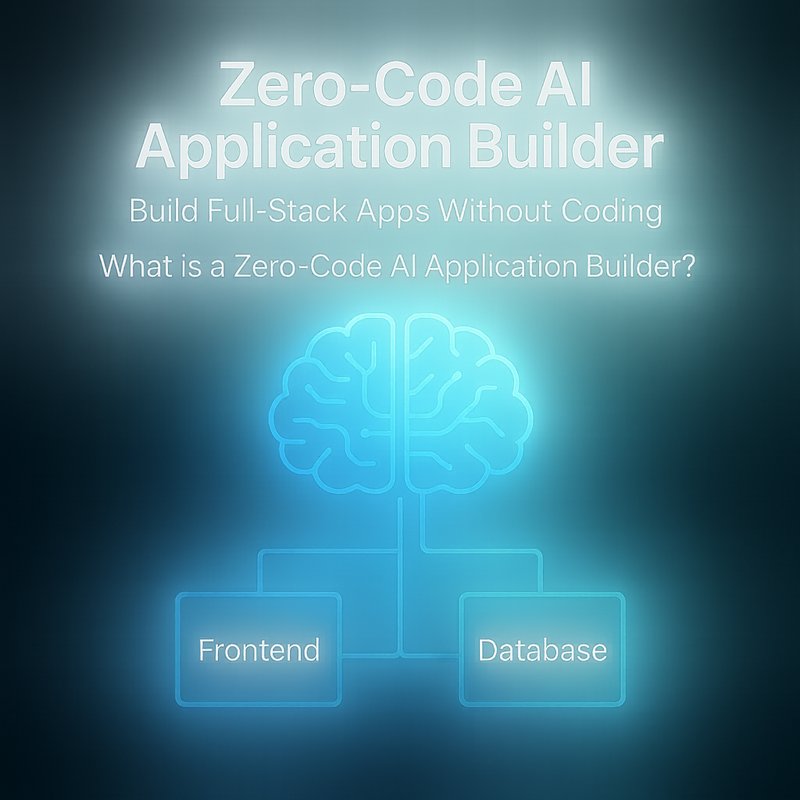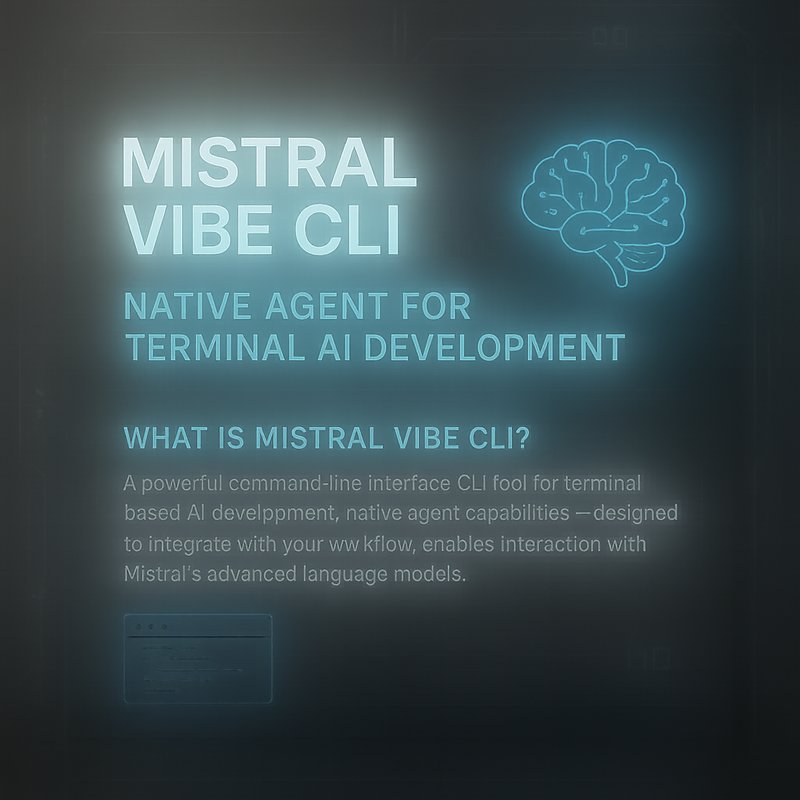Mistral Vibe CLI: A Simple Guide to Coding with an Open‑Source Assistant
Adolfo Usier2025-12-19T06:34:47+00:00Mistral Vibe CLI is a new open‑source command‑line assistant that lets developers ask questions about code, generate new functions, and refactor existing code—all in plain English.









